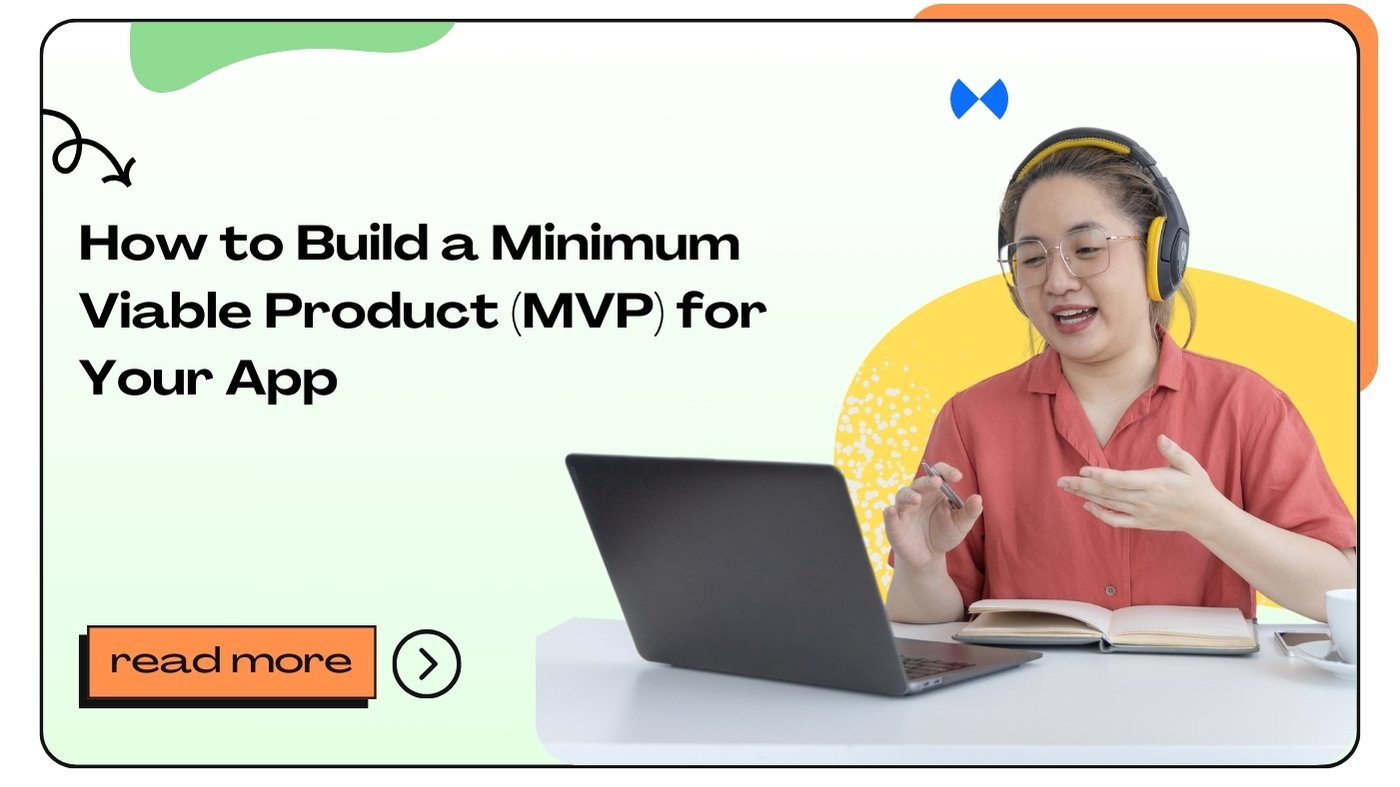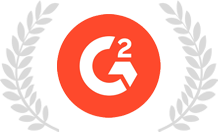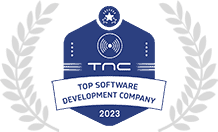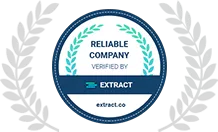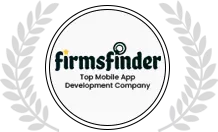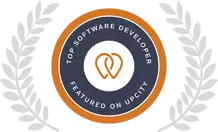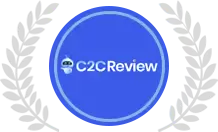A Minimum Viable Product (MVP) is a foundational version of a product that includes only the core features necessary to satisfy early adopters and gather valuable feedback for future development. The goal of creating an MVP is to validate your app idea without investing significant resources upfront.
When building an MVP, it’s essential to identify the problem your app intends to solve. This clarity will help you focus on features that directly address user needs. By engaging early users, you can gather insights and make informed decisions about further development.
Key Characteristics of an MVP
- Core Functionality: Focus on the most crucial features that solve the primary problem.
- User Feedback: Incorporate mechanisms for users to provide feedback.
- Iterative Development: Use insights gathered from users to refine and enhance the app.
- Fast to Market: Launch quickly to reduce time-to-market and start engaging with users.
Creating an MVP is not just about building an app; it’s about understanding your target audience and refining your business model based on real-world data. This approach minimizes risks and maximizes the potential for success in the competitive app market.
Identifying Your Target Audience
Before diving into development, it’s crucial to understand who your app is for. Identifying your target audience helps tailor your MVP to meet their specific needs, ensuring a higher chance of adoption.
Steps to Identify Your Target Audience:
- Market Research: Conduct thorough research to understand market trends and potential user demographics.
- Create User Personas: Develop detailed profiles of ideal users, including demographics, preferences, and pain points.
- Analyze Competitors: Review competitors’ offerings to identify gaps in the market and potential opportunities.
- Surveys and Interviews: Gather insights directly from potential users through surveys or interviews to understand their needs and expectations.
By clearly defining your target audience, you can ensure that your MVP addresses their pain points effectively. This understanding guides the feature selection process, ensuring that every aspect of the MVP is relevant and valuable to users.
Defining Core Features for Your MVP
Once you have a clear understanding of your target audience, the next step is to define the core features of your MVP. These features should be the essential components that deliver value and solve the users’ primary problem.
Steps to Define Core Features:
- List Potential Features: Brainstorm all possible features that could be included in your app.
- Prioritize Features: Use techniques such as the MoSCoW method (Must have, Should have, Could have, Won’t have) to prioritize features based on user needs and business goals.
- Focus on User Value: Ensure that every feature directly contributes to solving user problems or enhancing their experience.
- Iterate: Be open to revisiting your feature list based on user feedback and testing.
Creating a prioritization matrix can help visualize which features are most critical to your MVP. This structured approach allows for clear decision-making and ensures that the MVP remains focused and manageable.
Choosing the Right Development Approach
Selecting the right development approach is crucial for building an MVP effectively and efficiently. There are several methods to consider, each with its advantages and disadvantages.
Common Development Approaches:
- In-House Development: Building the app with your team allows for direct control but may be costly and time-consuming.
- Freelancers or Agencies: Hiring external developers can be cost-effective but requires careful management to ensure quality and alignment with your vision.
- No-Code/Low-Code Platforms: These platforms allow you to build an MVP quickly without extensive coding knowledge. While convenient, they may have limitations in customization.
- Outsourcing: Partnering with a development firm can provide expertise and speed but may result in less control over the process.
Pros and Cons of Each Approach:
| Approach | Pros | Cons |
|---|---|---|
| In-House Development | Full control, team alignment | Higher costs, longer timelines |
| Freelancers/Agencies | Cost-effective, diverse skills | Management challenges |
| No-Code/Low-Code | Quick development, minimal costs | Limited customization |
| Outsourcing | Expertise, speed | Potential misalignment |
Choosing the right approach depends on your budget, timeline, and team capabilities. Evaluate each option based on your specific circumstances to find the best fit.
Creating a Prototype for Your MVP
Before developing the full MVP, creating a prototype can be a valuable step in the process. Prototyping allows you to visualize your app’s functionality and design, enabling you to identify any potential issues before development begins.
Benefits of Prototyping:
- Visual Representation: Provides a clear visual layout of your app’s functionality.
- User Feedback: Enables you to gather early feedback from potential users, refining features and design.
- Cost Efficiency: Identifying issues early can save time and money during the development phase.
- Stakeholder Buy-In: A prototype can help in convincing stakeholders or investors of your app’s potential.
Tools for Prototyping:
- Sketch: Offers a user-friendly interface for designing app interfaces.
- Figma: Allows collaborative design and real-time feedback.
- InVision: Facilitates prototyping and user testing with interactive designs.
Creating a prototype not only helps validate your concept but also sets the stage for a smoother development process, ensuring that all stakeholders are on the same page.
Developing Your MVP
With a well-defined set of features and a prototype in hand, you’re ready to start developing your MVP. This phase involves actual coding, design, and integration of features that were previously outlined.
Key Steps in Development:
- Set Up a Development Environment: Establish an efficient workflow with the right tools and technologies.
- Follow Agile Methodologies: Implement agile practices to allow for flexibility and iterative progress.
- Focus on Quality Assurance (QA): Conduct thorough testing throughout the development process to identify bugs and ensure functionality.
- Prepare for Launch: As development concludes, ensure that all aspects of your app are ready for user interaction.
During this phase, communication between team members is vital. Regular check-ins and updates can help keep the project on track and ensure that everyone is aligned with the project goals.
Testing Your MVP
Testing is a critical step in the MVP development process. It ensures that your app is functional, user-friendly, and free of major bugs before launch.
Types of Testing to Consider:
- Functional Testing: Validates that all features work as intended.
- Usability Testing: Assesses the app’s ease of use and overall user experience.
- Performance Testing: Ensures that the app performs well under different conditions and loads.
- Security Testing: Identifies potential vulnerabilities to protect user data.
Gathering User Feedback During Testing:
Engage with early users during the testing phase to gather their feedback. This can provide valuable insights into how well the app meets their needs and identify areas for improvement.
By incorporating user feedback into your testing process, you can ensure that your MVP is not only functional but also aligned with user expectations, enhancing its chances of success upon launch.
Launching Your MVP
With testing complete and feedback incorporated, it’s time to launch your MVP. A successful launch sets the stage for user engagement and feedback collection, both of which are crucial for further development.
Strategies for Launching Your MVP:
- Build Anticipation: Use social media, email newsletters, and other channels to create buzz around your app.
- Target Early Adopters: Focus on reaching users who are likely to provide constructive feedback and promote your app to others.
- Monitor User Engagement: Analyze user interactions to identify areas for improvement and gauge overall satisfaction.
- Collect Feedback: Implement mechanisms within the app to facilitate user feedback, such as surveys or in-app prompts.
A successful launch doesn’t just mark the end of the MVP process; it’s the beginning of an ongoing relationship with your users. By staying engaged and responsive to their feedback, you can continually improve your app and meet evolving user needs.
Iterating Based on Feedback
After launching your MVP, the next step is to iterate based on user feedback. Continuous improvement is key to ensuring your app remains relevant and valuable to users.
Steps for Effective Iteration:
- Analyze Feedback: Regularly review user feedback to identify common themes or recurring issues.
- Prioritize Improvements: Use a prioritization framework to determine which feedback should be addressed first.
- Implement Changes: Make necessary adjustments to features, functionality, or user experience based on feedback.
- Communicate with Users: Keep users informed about updates and improvements to foster trust and engagement.
By adopting an iterative approach, you can enhance your app’s value over time and build a loyal user base that feels heard and valued.
Conclusion: The Journey Ahead
Building a Minimum Viable Product (MVP) is an essential step in developing a successful app. By following the outlined steps—from understanding your target audience to iterating based on feedback—you can create a product that resonates with users and meets market needs.
The MVP process is not just about launching an app; it’s about establishing a foundation for growth and improvement. By staying engaged with users and adapting to their needs, you can navigate the dynamic app landscape effectively and build a product that stands out.
FAQs
1. What is a Minimum Viable Product (MVP)?
An MVP is a simplified version of a product that includes only essential features to gather user feedback and validate a concept before full-scale development.
2. Why is building an MVP important?
Building an MVP allows you to test your app idea in the market with minimal investment, reducing risk and providing valuable insights for future development.
3. How do I identify the core features for my MVP?
Identify the primary problem your app solves, prioritize features that address this problem, and focus on user needs to define core features.
4. What development approaches can I use for my MVP?
You can choose from in-house development, freelancers/agencies, no-code/low-code platforms, or outsourcing to a development firm.
5. What tools can I use for prototyping?
Tools like Sketch, Figma, and InVision are popular for creating prototypes that allow you to visualize app functionality and gather user feedback.
6. How do I test my MVP?
Testing involves functional, usability, performance, and security testing, alongside gathering user feedback to identify areas for improvement.
7. What strategies should I consider for launching my MVP?
Build anticipation through marketing, target early adopters, monitor user engagement, and collect feedback to enhance your app post-launch.
8. How can I gather user feedback?
Implement in-app feedback mechanisms, conduct surveys, and engage with users through social media or email newsletters.
9. What should I do after launching my MVP?
Continuously gather user feedback, prioritize improvements, and iterate on your app to enhance its value and user experience.
10. How long does it take to build an MVP?
The timeline varies based on complexity, development approach, and team size, but typically ranges from a few weeks to several months.
11. What is the difference between an MVP and a full product?
An MVP includes only essential features to validate an idea, while a full product offers a comprehensive set of features for a complete user experience.
12. Can I pivot my idea after launching the MVP?
Yes, based on user feedback and market response, you can pivot your idea or features to better meet user needs.
13. How can I ensure my MVP meets user needs?
Engage with users throughout the process, gather feedback, and iterate based on their insights to ensure alignment with their expectations.
14. What are common mistakes to avoid when building an MVP?
Common mistakes include overcomplicating features, neglecting user feedback, and failing to define a clear target audience.
15. Is it necessary to have a prototype before development?
While not mandatory, having a prototype helps clarify the concept, gather feedback, and streamline the development process.
16. How do I market my MVP effectively?
Utilize social media, influencer marketing, and community engagement to create buzz and attract early adopters.
17. What should I focus on during the iteration process?
Focus on addressing user feedback, prioritizing improvements, and enhancing user experience to foster continued engagement.
18. How can I measure the success of my MVP?
Measure success through user engagement metrics, feedback quality, and the app’s ability to solve the identified problem.
19. What if my MVP fails?
Failure can provide valuable lessons; analyze feedback, identify areas for improvement, and pivot or adjust your approach as needed.
20. What’s the next step after my MVP gains traction?
Once your MVP gains traction, consider scaling your app, expanding features, and continuing to engage with users for ongoing insights.
- How to Disable Button in Flutter - December 4, 2024
- How to Animation in Flutter - December 3, 2024
- How to Build Flutter Web Applications - December 3, 2024

